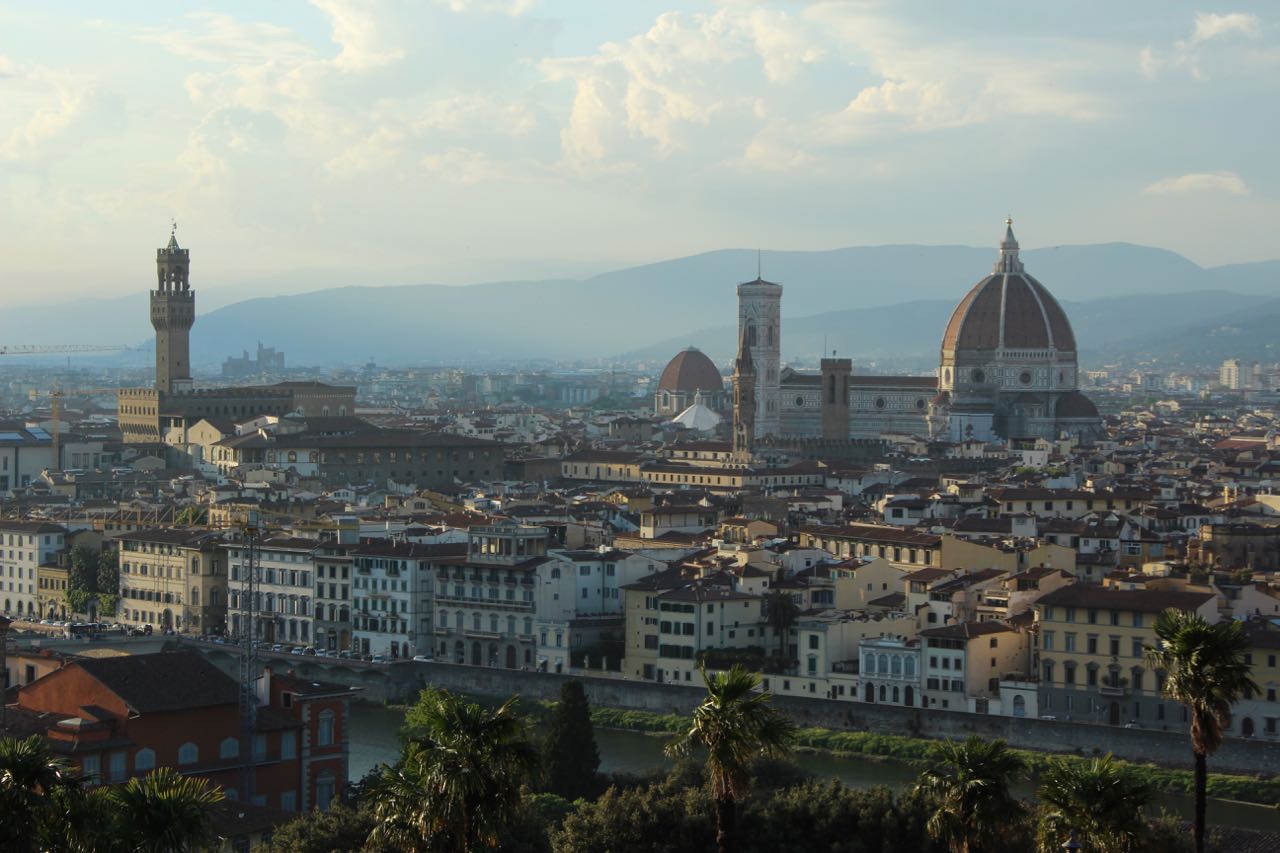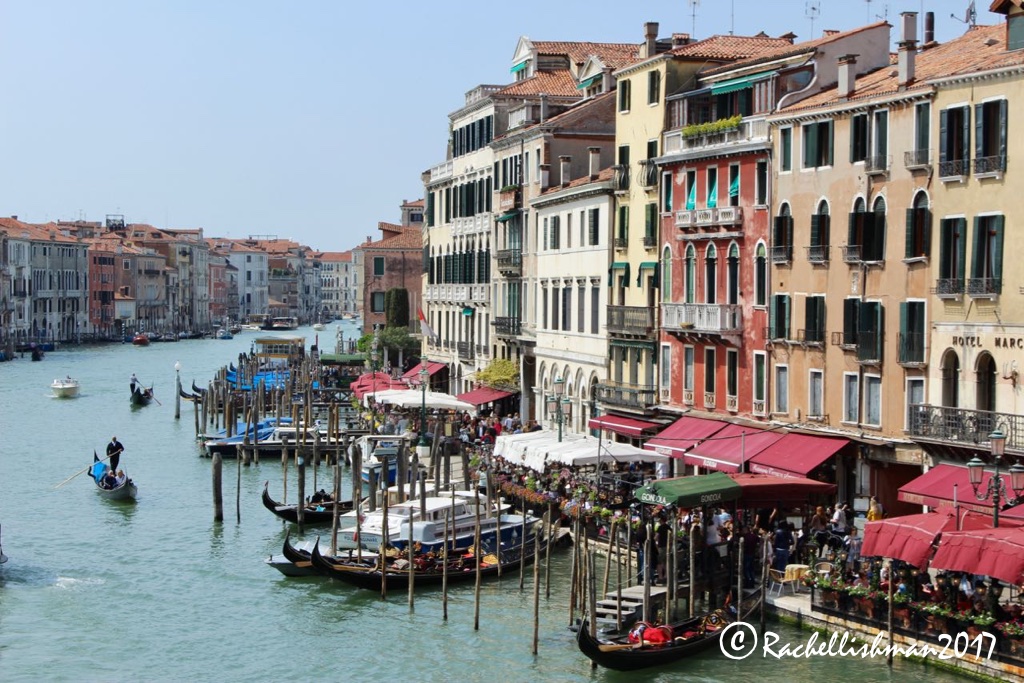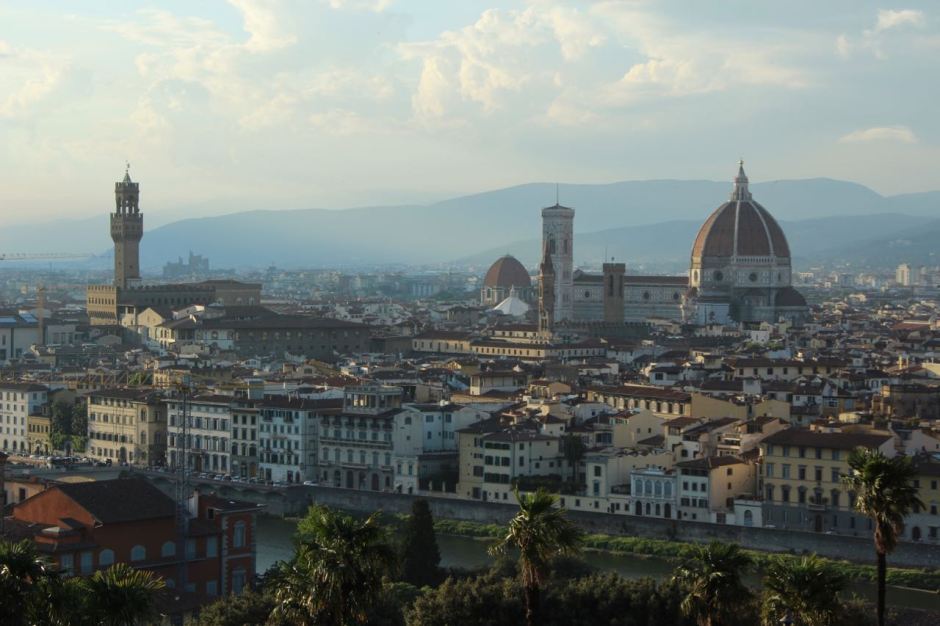From the 1620s Italy has attracted and rewarded the inquisitive. The Grand Tour, as it later became known, saw British youngsters of the upper classes travelling slowly into southern Italy from London. They often encountered treacherous alpine passes, terrible weather and disease on route.
I didn’t have to plan for these troubles on my journey. Unlike the gap years of yesteryear, I booked a budget flight online in minutes. No blizzards on alpine passes for me: just minimal legroom and some over-priced peanuts. Although just like my predecessors, I had to decide where to go, and so I looked to them for inspiration.

The more I read, the more I realised that Italy was the birthplace of mass tourism. Its cities full of history, warm weather and great food have drawn in visitors for over four hundred years. By the 18th century when Pompeii was finally dug up from Vesuvius’ ashes, people were already holidaying in the vicinity and turned up immediately. The British were already enjoying Bisteca in the streets of Florence before the last surviving Medici had given up Palazzo Pitti and long before Italy officially became Italy, artists were already making a living painting rich tourists surrounded by antiquities!
The ship had clearly sailed then, on any hopes of exploring an untouched Italy. How could I approach a country where so much ground had already been trodden? My best option was to follow. Neither did I have years to search for souvenirs and attend masked balls. I flew into Venice and after three days started my journey south, through Florence, into Rome and onwards to Naples and Sorrento. At this point, my trip took what even Grand Tour enthusiasts considered an intrepid turn, as I carried on southward to Sicily. I finished my journey in Catania; closer to North Africa than Rome.

However, what my journey lacked in lingering, it made up for in learning. What struck me most was the sense of regional autonomy. Each new city and every train ride had a different feel; Venice had its wonders of engineering; Florence, its wines, leathers and sculptures; and Rome the Pantheon and pizzas. Further south, my world became a kaleidoscope of micro-cultures and glorious idiosyncrasies. By the time I arrived in southern Sicily I wasn’t surprised to find tales of pigmy elephants and ever-erupting lava.

For all the differences there were also striking similarities: the worn marble of the staircases in the Doge’s palace was identical to that on the columns of Florence’s Duomo and the fallen facades of the ancient Roman forum; the taste of sweet tomatoes was delicious in every dish; the crowds in piazzas always sipped Aperol Spritz come early evening. The unique histories, atmospheres and gastronomies of each city were united by ancient trade routes, religious faith and the glorious age of the Renaissance. For me, this is what made Italy special.
This variety of experience within such small distances made for the perfect short journey. After following in the footsteps of The Grand Tour for only three weeks, I understood why many of those before me had never wanted to leave.
I gradually worked my way south by train through: Venice – Florence – Rome – Naples – Sorrento – Milazzo (a ferry takes you from mainland Italy to Sicily) – Stromboli – Milazzo – Catania. I travelled independently and never accept kickbacks, but I recommend the following companies that helped make my modern-day Grand Tour painless:
Loco2 – the easiest website I’ve ever used for booking trains (or anything!). All trains I boarded accepted an e-ticket reference on my phone.
Hostelworld – an old favourite of mine. I found most hostels in Italy’s major cities offered a double room with a private bathroom for 30-50 euros per night.
Florence Free Tours – Danielli and others take groups around their city on 1-2 hour walking tours. I joined both the morning Renaissance tour and the afternoon Medici tour. Just give what you think it’s worth at the end!
The Roman Guy – I pre-booked for an early morning tour of the Vatican, which was crucial to beat the crowds. Fabiola (Fabi) was an excellent, passionate guide who knew her history of art inside-out and made the experience.

Enjoyed reading your article and the photos having just returned from 13 days travelling Italy. We loved all of Italy, the people, history, food and scenery and would love to return and this time include Sicily. Thanks Kath
LikeLike
Ah thanks Kath. It looked like you guys did a very similar wine tour to me – Florence was definitely on of my highlights of the whole trip 🙂 Hope you’re well!
LikeLike
We would like to spend some time in Sicily.
LikeLiked by 1 person
I loved Sicily – it’s very different from mainland Italy and so varied!
LikeLiked by 1 person